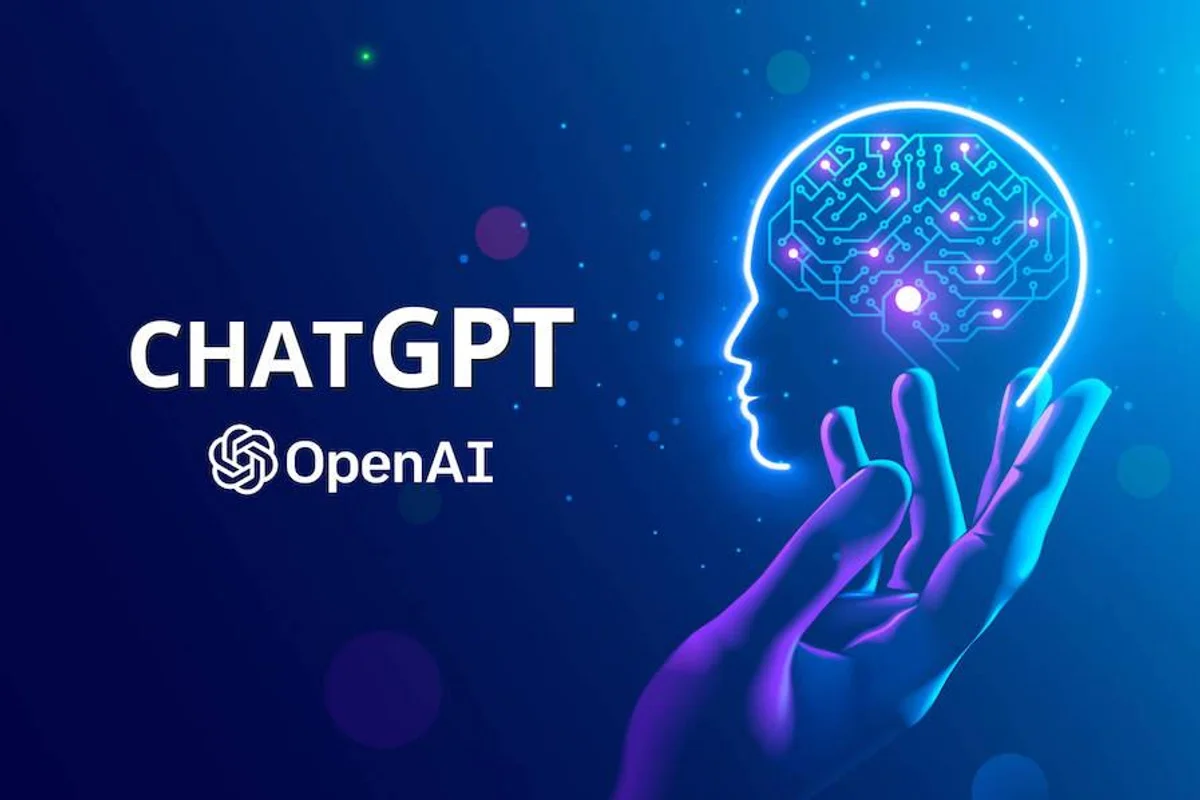In 2022, AI like DALL-E and Midjourney, capable of creating artwork with just a written prompt, shook the World Wide Web. In the last few months, another incredible AI caught the attention of Internet’s users: ChatGPT.
ChatGPT is a chatbot prototype based on machine learning and artificial intelligence developed by OpenAI. Although the main function of chatbots is to simulate a human conversation, ChatGPT can do way more. For example, it can write programming codes, compose music, write fairy tales, scripts and even academic essays. It can answer to a school test, emulate Linux or an ATM and it can even play Tic-Tac-Toe.
ChatGPT and Translation Services
A benefit of ChatGPT for the translation industry could be the possibility to reduce times and prices for services. In fact, this AI could help translators to work faster and more efficiently without sacrificing the quality of the text. This could make translation services more accessible to small businesses, for example.
But all that glitters is not gold. Surely, ChatGPT capacities seem promising, but human intervention remains necessary. For example, the contents on which the training for this AI was done do not possess those elements that would allow a better accuracy. This is even more true for those specific sectors like health and engineering, where flexibility is required in order to adapt the text in the best possible manner.
Looking at the Future
Translators will keep using dedicated softwares like CAT Tools, but AIs need more time to truly be helpful and to be more accurate in order to ease translators work and activities. Costs for content creation will be lower, accelerating its realization. There will be the need of more and new linguistic services, like revision, adaptation and output certification.
Technology can not compensate for a proper formation in translation. GLOS proposes a video game localization course where you can learn all you need for you career.
Are you interested in learning more about this topic? Check out this article.









